If the e-book app on your phone or tablet is overflowing and full of outdated files, use these tools to tidy it up.
Source link
برچسب: Apple
-
How to Organize Your E-Books on Kindle, Apple and Google and Nook
-
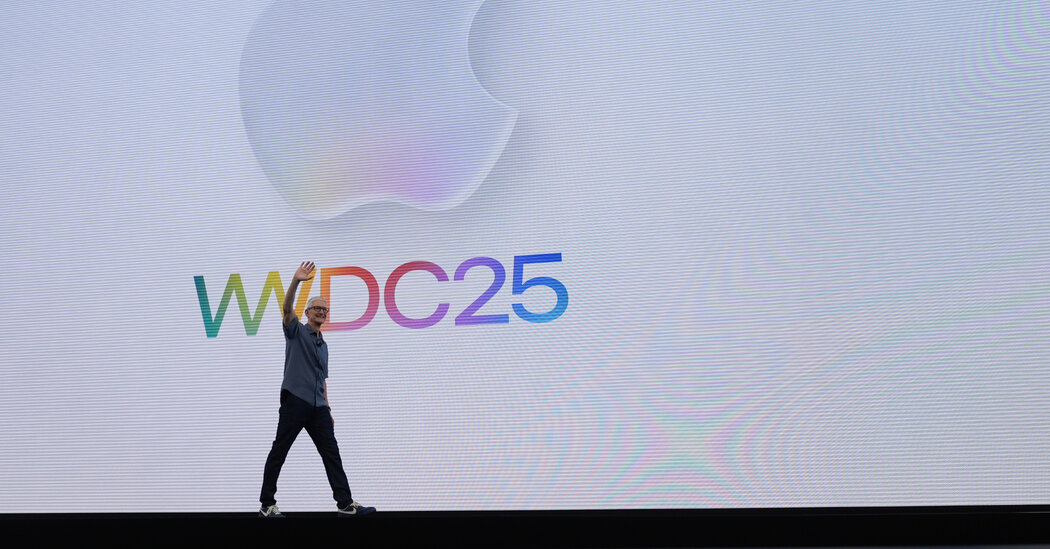
Apple Introduces ‘Liquid Glass’ Design and iOS 26 at WWDC 2025
At a time when most of the tech industry is building new artificial intelligence systems into our devices, Apple is focusing on making its products look prettier.
In a 90-minute presentation on Monday, Apple revealed a new design for its software powering iPhones, iPads and Macs that brings a transparent aesthetic to tabs, files and app icons. It will allow Safari web pages to cover an entire page, with the tab bar disappearing as users scroll down. It also minimizes controls into a small circle that can be brought to the surface with a tap. In Apple fashion, the company calls the translucent design “liquid glass.”
The company also introduced a new naming system for its software based on the fiscal year when it becomes available rather than the number of iterations. Instead of iOS 19, this year’s system is being called iOS 26.
The new features show how Tim Cook, Apple’s chief executive, is looking to increase sales of his company’s most important product with useful new features, even if those abilities are out of step with the industry’s zeal for everything A.I. In doing so, Apple is wagering it can be late to embrace an emerging technology but still take it mainstream before its competitors.
At its developer conference in May, Google revealed an A.I. search feature that functions like a chatbot, an update to its Gemini model, and glasses with an A.I. virtual assistant. In February, Amazon unveiled an improved Alexa that uses A.I. to help book concert tickets and coordinate calendars.
Apple said its A.I. system, which it calls Apple Intelligence, will add abilities such as allowing apps to use the A.I. capabilities built into its devices. As a result, the hiking app AllTrails can add a conversational search system, allowing users, for example, to write that they’re looking for a nearby family hike that is under three miles. They can refine it by adding that they want hikes with waterfalls.
A new feature called Live Translation will use artificial intelligence to automatically translate text messages, and captions in FaceTime calls, across languages. On phone calls with someone in a foreign language, the iPhone screen automatically provides captions with a live translation of a conversation.
Another new feature lets an iPhone user take screenshots of something, such as a green jacket, to do a web search for similar items. It’s a direct response to Google’s shopping tool, Circle to Search, which lets Android users draw circles around objects to do image-based searches.
The additions are small compared with what Apple promised at last year’s developers’ conference. A.I. was a major focus of that event, with the company unveiling an Apple Intelligence that included writing tools, message summaries and a partnership with OpenAI to deliver ChatGPT on iPhones.
One of Apple’s biggest promises was an improved Siri virtual assistant that could combine information on a phone — say, a message about someone’s travel itinerary — with information on the web, like a flight arrival time. But in March, Apple postponed a spring release and said the product wouldn’t be ready until later this year. It also reshuffled its Siri leadership ranks.
The A.I. stumble was the first time in years that Apple had not shipped a product that it had unveiled. It has sparked concerns among Wall Street analysts that the company may struggle to catch up to its rivals.
“In the short term, people aren’t stopping buying iPhones or Macs because Apple Intelligence isn’t delivering,” said Carolina Milanesi, principal analyst with Creative Strategies, a tech research firm. But, she said, “the big risk is that you could have users go to ChatGPT or some other product that consumers become dependent on.”
Shares of Apple fell more than 1 percent after the event, while the S&P 500 was up slightly.
A.I. is only one of the significant challenges facing Apple. Five years after Epic Games filed an antitrust suit against the company for collecting up to 30 percent of app sales, a judge ordered Apple in April to begin allowing apps to provide users with external links to pay directly for software and services. The ruling has the potential to reduce Apple’s profits as much as 2 percent, Morgan Stanley has estimated.
The company has also been whipsawed by President Trump’s tariffs. After backing off earlier tariff plans that would have had an impact on Apple, Mr. Trump threatened a 25 percent tariff on iPhones made anywhere outside the United States.
The trade conflict is expected to dampen sales of smartphones by 2.3 percentage points, as sales decline in the United States and China, according to Counterpoint Research, a tech research firm.
On Monday, Apple sought to return the focus to its products.
On the iPhone, a new call screening function gathers information about callers so users can decide whether they want to pick up. A similar tool has been included on Android phones in recent years.
The company also unveiled a new look for its Messages system for sending texts. Users can now decorate their text conversations with a background consisting of a graphic or a photo, similar to Meta’s WhatsApp. In group messages, people will be able to create polls and see an ellipsis as people begin to reply.
A number of updates showed how Apple was trying to make its devices more useful to niche users. Runners who use the Apple Watch will have access to a feature called Workout Buddy that, when paired with AirPods, can offer encouraging words like: “Fantastic run. You averaged a pace of nine minutes and seven seconds per mile.” Apple TV owners who like karaoke will be able to use their iPhones as a microphone to sing along with songs in Apple Music. And Shortcuts, a programmable feature on the Mac, makes it possible for document designers to use A.I. to read text and suggest tag lines.
The company also introduced a new Games app for the iPhone and Mac that creates a central location for video games. It will make it easier to play games with friends and remind users where they are in games they’ve been playing. Video games have become a big business for Apple, with the company generating $43.7 billion in sales from gaming apps last year, of which it kept $13.1 billion in sales, according to Appfigures, a research firm focused on the app economy.
Apple introduced new abilities for its Vision Pro mixed-reality headset, which was released in January 2024. Apple is trying to make the device more useful, with new features including the ability to support video game controllers like the PlayStation VR2 Sense.
The company opened the event by promoting its new movie, “F1,” which stars Brad Pitt and will be released June 27. The emphasis on the movie showed how the company is trying to use its legacy software business to promote its newer foray into Hollywood.
-

5 Best Learning Apps for Toddlers on Apple TV
Endless Learning Academy for Apple TV provides thousands of lively animations for teaching children ages 2 to 6. With reading, spelling, numbers, and more, there are 10 trial activities and five lessons available for free.
With Endless Learning Academy your kids will enjoy the colorful and adorable monsters who help them learn. The app is both subject-based and progress-based to assist with early learning. Topics include colors and shapes, emotions and feelings, plants and animals, and much more. So, as they are learning their ABC’s and 123’s, they will be able to relate it all to real life. The interactive animations and cute characters will keep them both entertained and amused while they learn.
Learning really can be fun for kids and the Endless Learning Academy for Apple TV is a terrific tool. With plenty of topics, thousands of activities, and a bright and cheery experience, your children will love it.
The free app is also available on the iPhone and iPad. There is a subscription required.
-
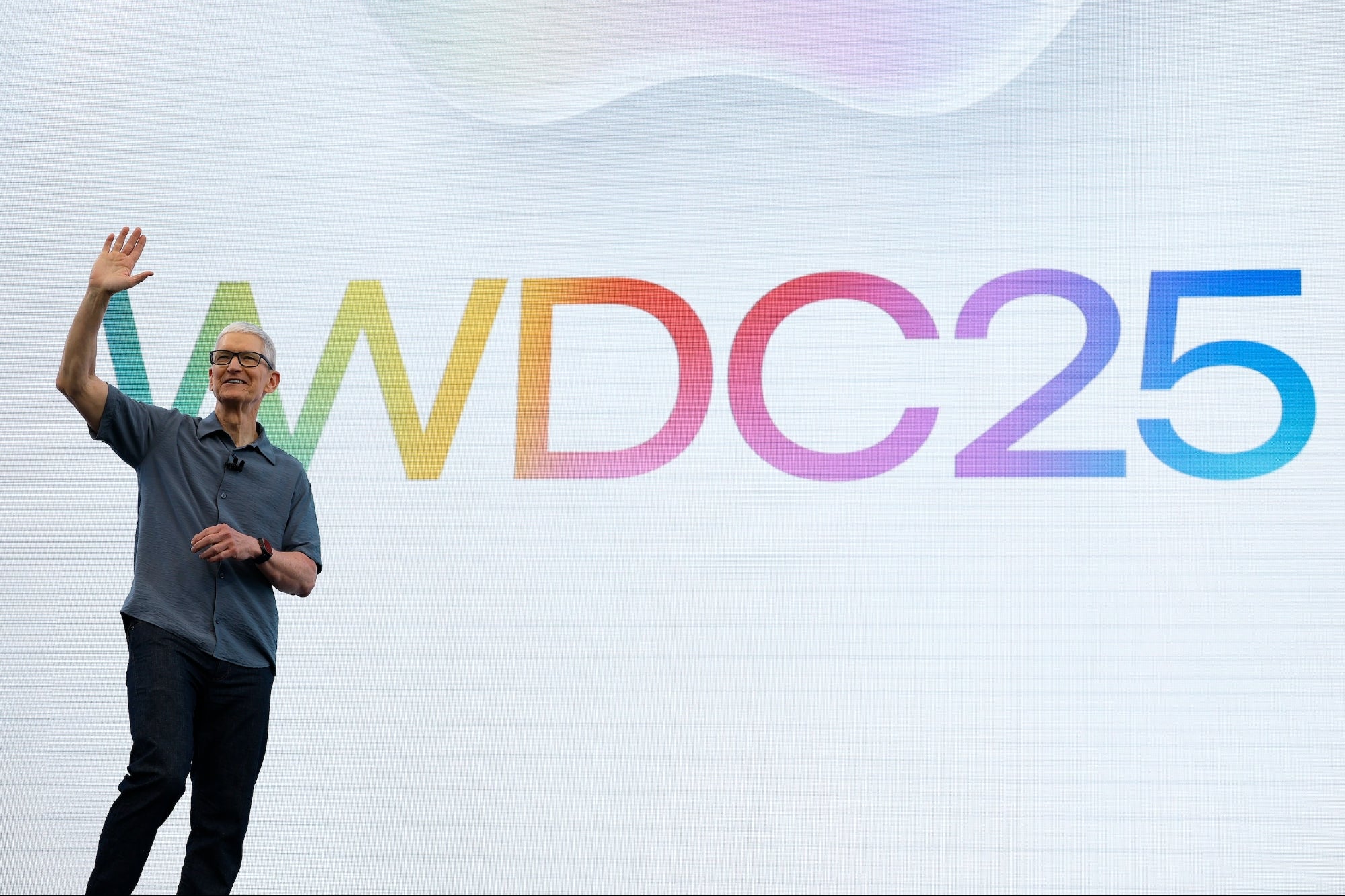
Apple Worldwide Developers Conference Day 1: WWDC Highlights
Apple announced sweeping changes to its products on Monday, the first day of its annual Worldwide Developers Conference (WWDC).
Notably, the iPhone maker confirmed rumors that it is changing how it names its software updates. Instead of using a version number, Apple will use a system with a number that represents the year after the update is released. Apple’s next update will be iOS 26, arriving in the fall for most Apple users.
The naming change applies to all Apple products. For example, the next iPad update will be named iPadOS 26, and the next MacBook update will be called macOS 26.
Apple announced other changes, like a new design and AI features. The company has made all of the new features available for testing starting on Monday through the Apple Developer program, with a public beta version to be released next month and a broader update rolling out this fall.
“We continue to advance each of our platforms with more ways to harness the power of Apple Intelligence, as well as a beautiful new design, our product experiences become even more seamless and enjoyable,” Apple CEO Tim Cook said during the event keynote.
Here are some interesting new capabilities Apple debuted on Monday.
1. A new design with Liquid Glass
Apple made its biggest design update ever, with a new design element called Liquid Glass. The translucent element, which Apple used to craft new buttons, switches, tab bars, and notifications across its products, looks like glass on the screen and takes on the color of its environment.
“This is our broadest software design update ever,” Alan Dye, Apple’s vice president of Human Interface Design, stated in a press release. “It combines the optical qualities of glass with a fluidity only Apple can achieve, as it transforms depending on your content or context.”
Apple has integrated Liquid Glass components into its redesign, including translucent menus that respond to a user’s perspective of the screen and a new lock screen with a Liquid Glass time.
 Liquid Glass time on the lock screen. Credit: Apple
Liquid Glass time on the lock screen. Credit: AppleApple’s new Liquid Glass design applies to iOS, iPadOS, macOS, watchOS, and tvOS for a unified look.
2. Live Translation will be integrated into the iPhone
Apple is bringing Live Translation to Messages, FaceTime, and Phone to translate text and audio on the spot. The AI-powered feature is backed by Apple-built AI models that run entirely locally, so personal conversations are never uploaded to the cloud.
Live Translation means that users can talk to each other in different languages, and have the translation appear on the screen in real-time. For example, when a user receives an iMessage in another language, they can opt for that message to be translated into their preferred language. On FaceTime, a user can hear someone talking in another language while following along with translated live captions.
 Live Translation on FaceTime. Credit: Apple
Live Translation on FaceTime. Credit: AppleLive Translation could help overcome language barriers for business calls and personal calls alike.
3. Visual intelligence gets sharper
Apple is bringing more AI capabilities to the forefront with visual intelligence. Users can tap into their iPhone cameras and use what they see to ask ChatGPT questions. They can also search Google or Etsy to find products similar to what they are looking at.
Visual intelligence also recognizes when a user is looking at a poster of an event, and can extract the data to add as an event on their calendar.
Related: Apple Is Reportedly Developing AI Smart Glasses to Compete with Meta and Google
4. Workout Buddy on Apple Watch
Apple is adding an AI workout companion to the Apple Watch called Workout Buddy.
Workout Buddy considers metrics tracked by the Apple Watch, like heart rate, pace, distance, and previous workouts, and leverages this knowledge to motivate users during their workouts with verbal encouragement.
For example, when a user starts their run, Workout Buddy could say, “Great job starting your run. This is your second run this week.”
Workout Buddy will be available for workout types like indoor run and outdoor cycle.
Apple announced sweeping changes to its products on Monday, the first day of its annual Worldwide Developers Conference (WWDC).
Notably, the iPhone maker confirmed rumors that it is changing how it names its software updates. Instead of using a version number, Apple will use a system with a number that represents the year after the update is released. Apple’s next update will be iOS 26, arriving in the fall for most Apple users.
The naming change applies to all Apple products. For example, the next iPad update will be named iPadOS 26, and the next MacBook update will be called macOS 26.
The rest of this article is locked.
Join Entrepreneur+ today for access.
-
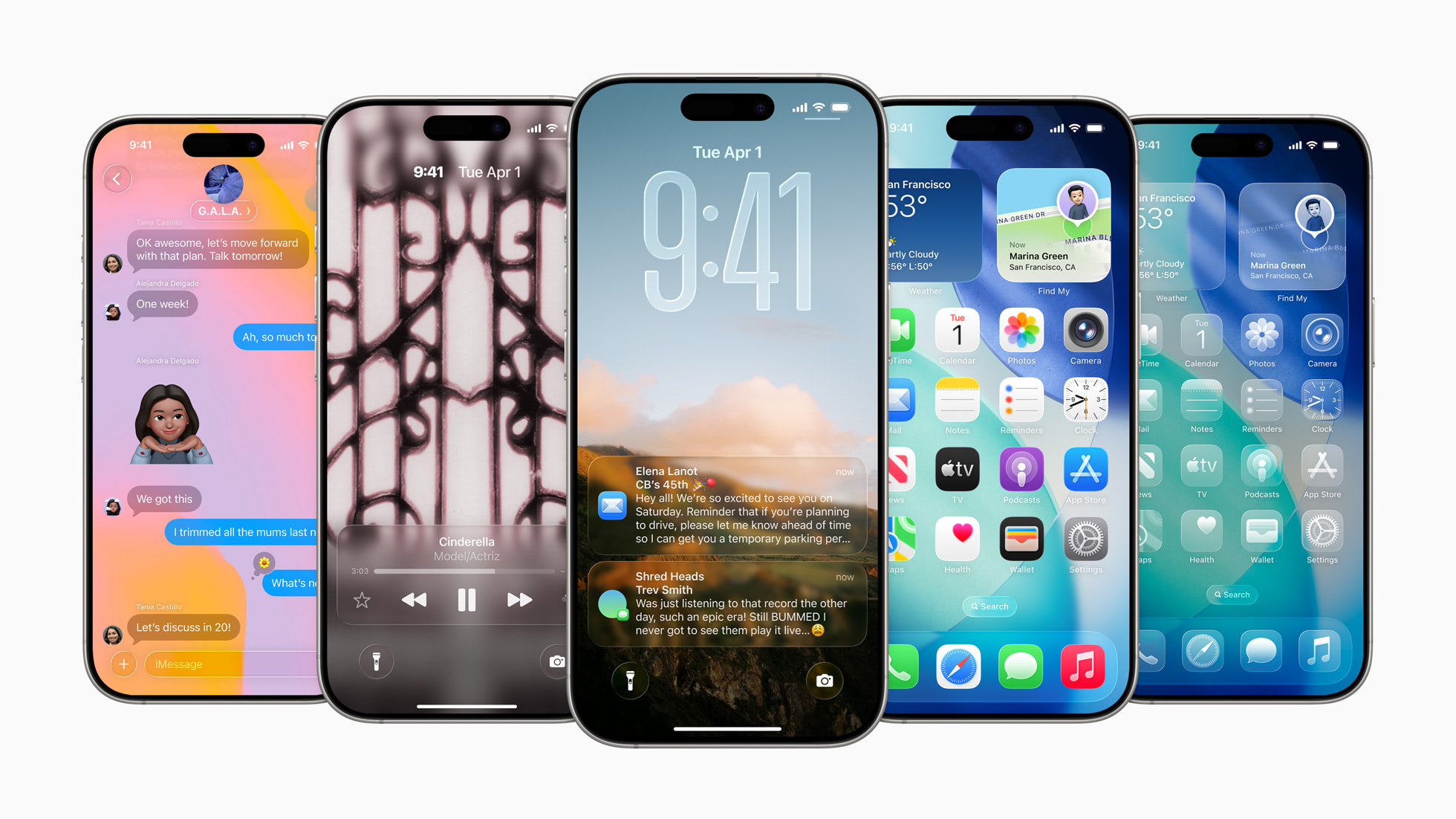
Apple Unveils Its Next Generation of Software
The first big change is with all of the software naming. Instead of iOS 19, Apple has moved to a year naming system. So it’s iOS 26. That applies to all of the other software versions.
Along with a new name is a significant updated design. Apple is calling it Liquid Glass. The translucent material reflects and refracts surroundings to bring content into better focus. It’s a significant change, but something that Apple seems to have well thought out as it extends to all of the new software.
As you probably expected, Apple has made some big upgrades to Apple Intelligence. Live Translation is built into FaceTime and Messages to help communicate across languages. Visual Intelligence has now been extended to the entire iPhone screen.
Shortcuts have also been powered up with Apple Intelligence. It will also ID and summarize order tracking details sent from merchants. Developers can use a new Foundation Models framework to use Apple Intelligence privately and offline.
The phone part of the iPhone know shows a unified layout with Favorites, Recent, and Voice Mail. Call Screening will ask users questions to see if they want to pick up or ignore the call.
Another popular part of the iPhone, Messages, is also sporting new features. You can screen messages from unknown senders. They will appear in a dedicated folder and remained silenced until accepted.
On the iPad, expect much more of a Mac-like interface. A new window system allows you to resize apps and place them exactly where you want. A menu bar allows you to find a specific feature or tip along with accessing commands.
-

5 Great Apple TV Apps for Kids
This is my Spacecraft – Rocket Science for Kids is an experience for Apple TV that shows kids what it is like to be an astronaut. The app has facts about the space science, an intuitive interface, and is suitable for all ages.
Who hasn’t dreamt of being an astronaut? This is my Spacecraft – Rocket Science for Kids lets your children see what it is like to fly through space. They will see how astronauts eat and sleep, learn fun facts about space and the solar system, and explore the vast universe in all its glory on Apple TV. With original illustrations, relaxed play, and entertaining learning, this is a terrific app for the big screen.
For the Apple TV, iPhone, iPad, and Apple Watch, the app is $2.99.
-
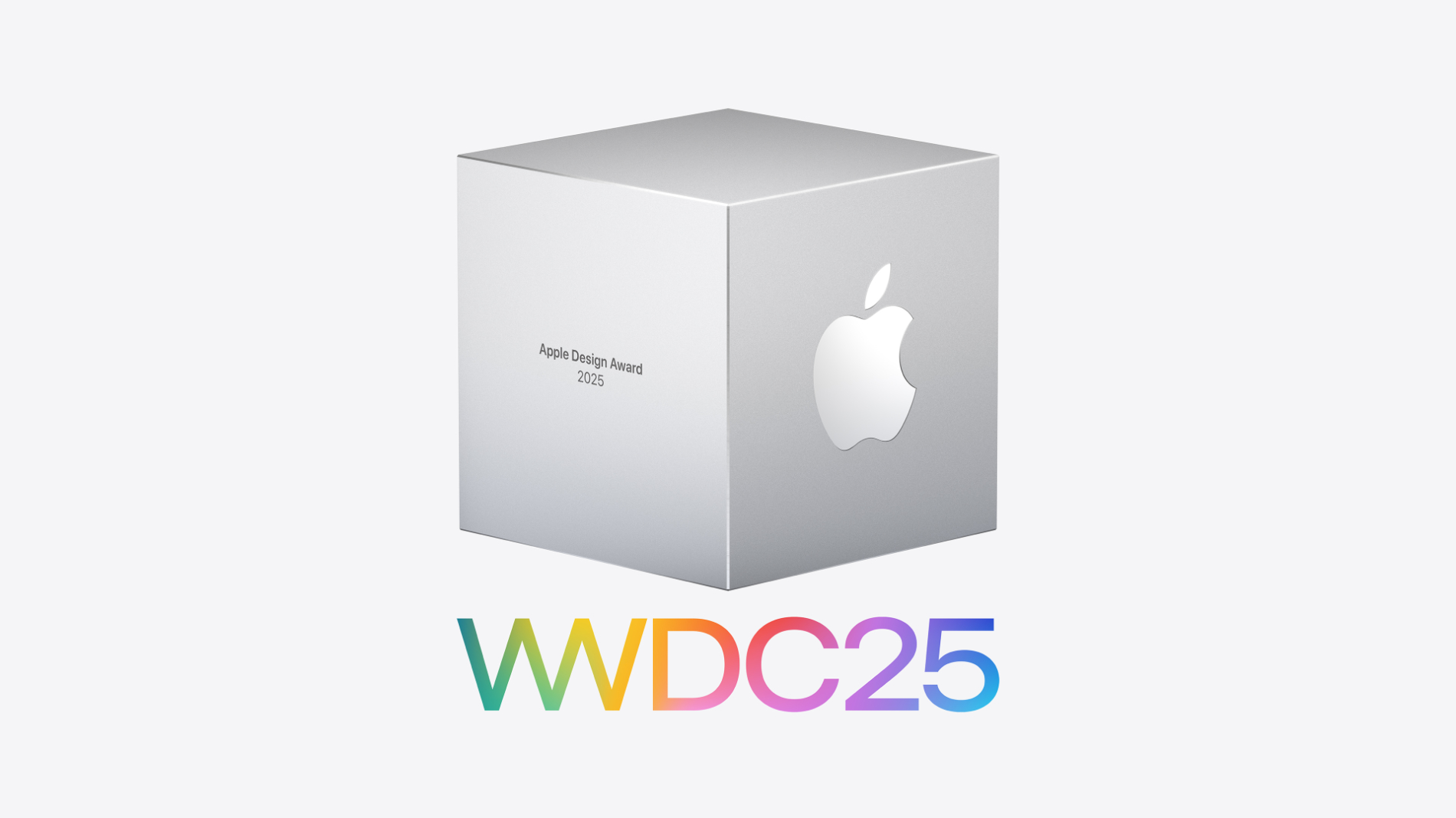
Apple Announces Winners, Finalists of the 2025 Design Awards
Before WWDC kicks off next week, Apple has announced the winners and finalists of the 2025 Design Awards. The winners and finalists were named in six different categories.
Delight and Fun
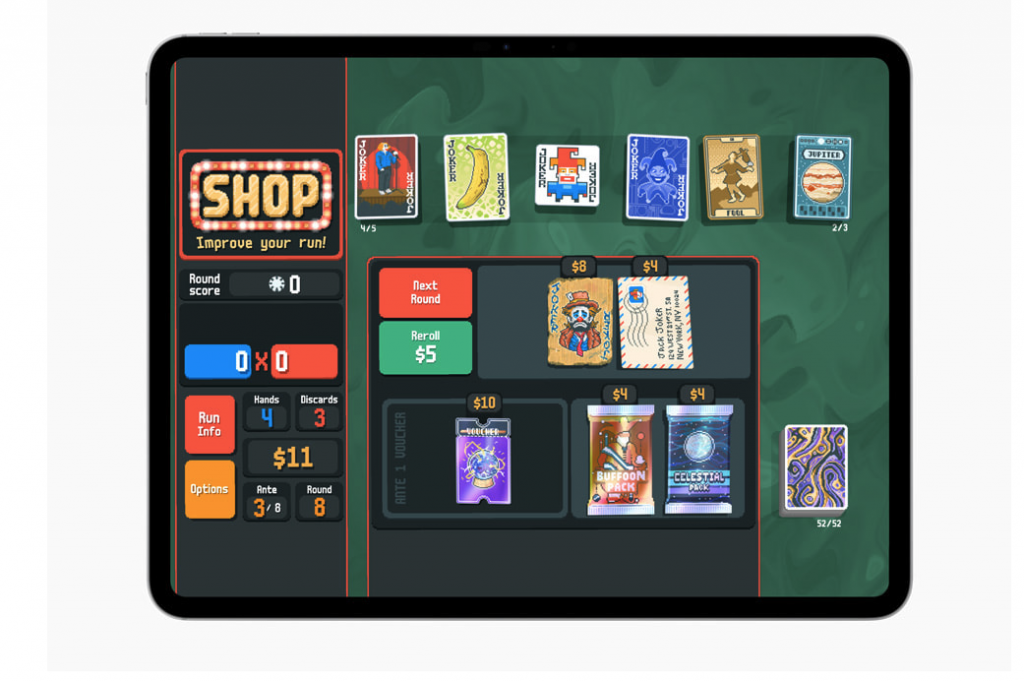
App Winner: CapWords
Game Winner: BalatroFinalists: Lumy, Denim, Thank Goodness You’re Here!, and Prince of Persia: The Lost Crown.
Innovation

App: Play
Game: PBJ—The MusicalFinalists: Moises, Capybara, Pawz, Gears & Goo.
Interactivity
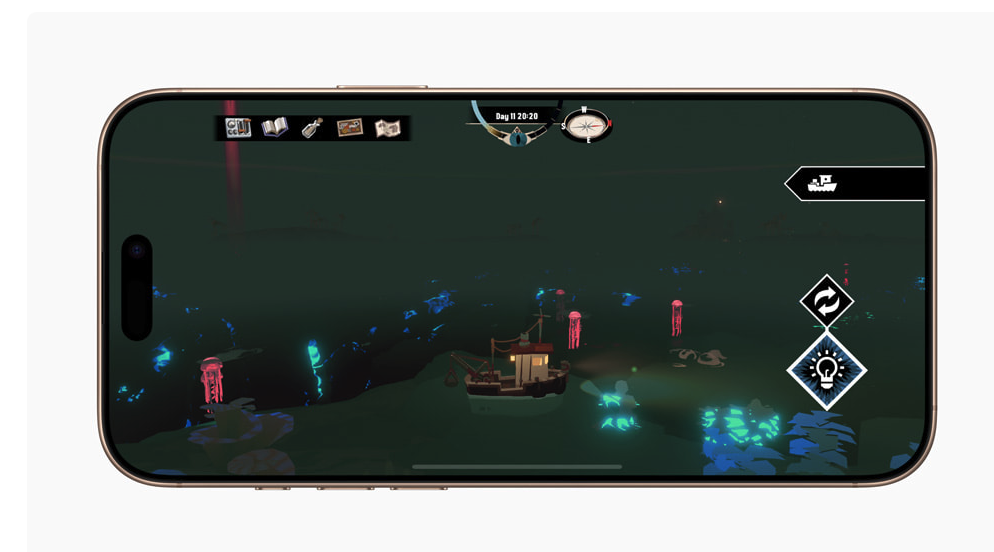
Finalists: iA Writer, Mela – Recipe Manager, Gears & Goo, and Skate City: New York.
Inclusivity

App: Speechify
Game: Art of FaunaFinalists: Evolve, Train Fitness, puffies., and Land of Livia.
Social Impact
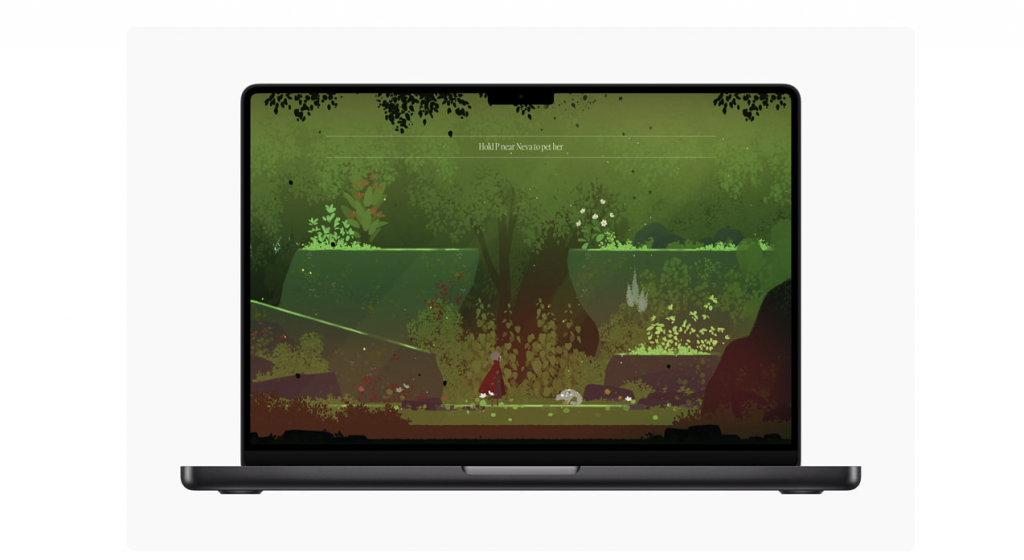
App: Watch Duty
Game: NevaFinalists: Ground News, Opal, Ahoy!, and Art of Fauna
Visuals and Graphics
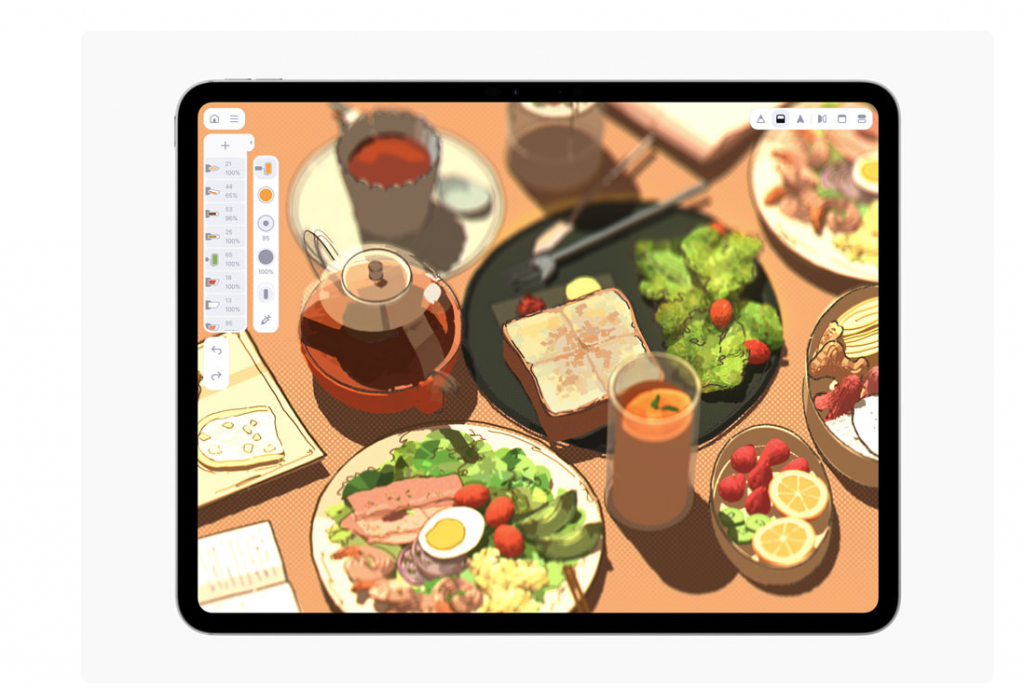
App: Feather: Draw in 3D
Game: Infinity NikkiFinalists: Vocabulary, CellWalk, Control Ultimate Edition, and Neva.
-
Texas Requires Apple and Google to Verify Ages for App Downloads
The state’s governor signed a new law that will give parents more control over the apps that minors download, part of a raft of new legislation.
Source link -
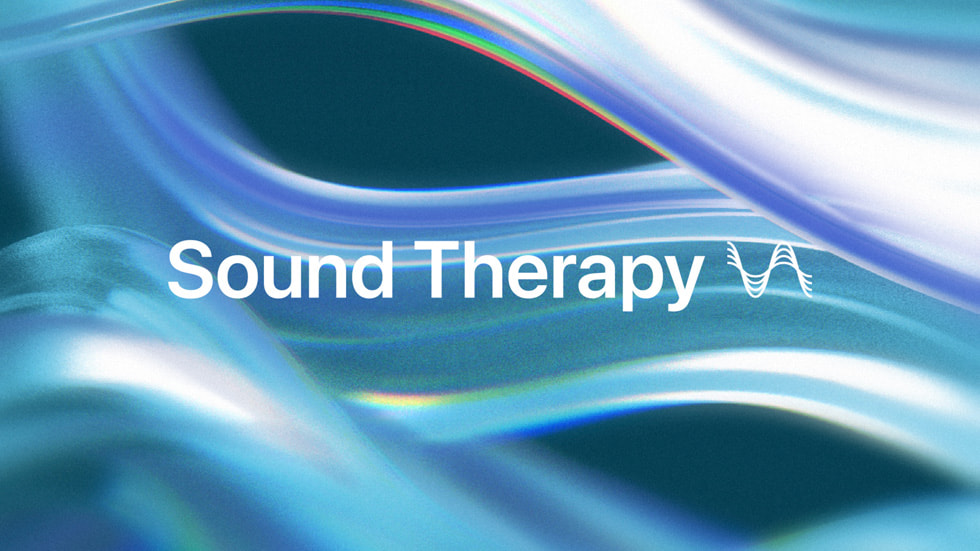
Apple Music Sound Therapy Arrives to Help You Focus, Relax, or Sleep
The new Sound Therapy feature is an audio wellness collection to help you focus, relax, or sleep.
Instead of simple white noise or something else you’ve probably heard of, Sound Therapy blends brings together popular songs with sound waves designed to improve you daily routine.
Some of the reimagined tracks are from Imagine Dragons, Katy Perry, Kacey Musgraves, Ludovico Einaudi, AURORA, Jhené Aiko, Chelsea Cutler, and Jeremy Zucker.
There are three categories to choose from—Focus, Relax, and Sleep.
Apple also announced a new Apple Music Chill radio station.
An Apple Music subscription starts at $10.99 per month and is easily accessible across all Apple devices along with Android and the web.
-
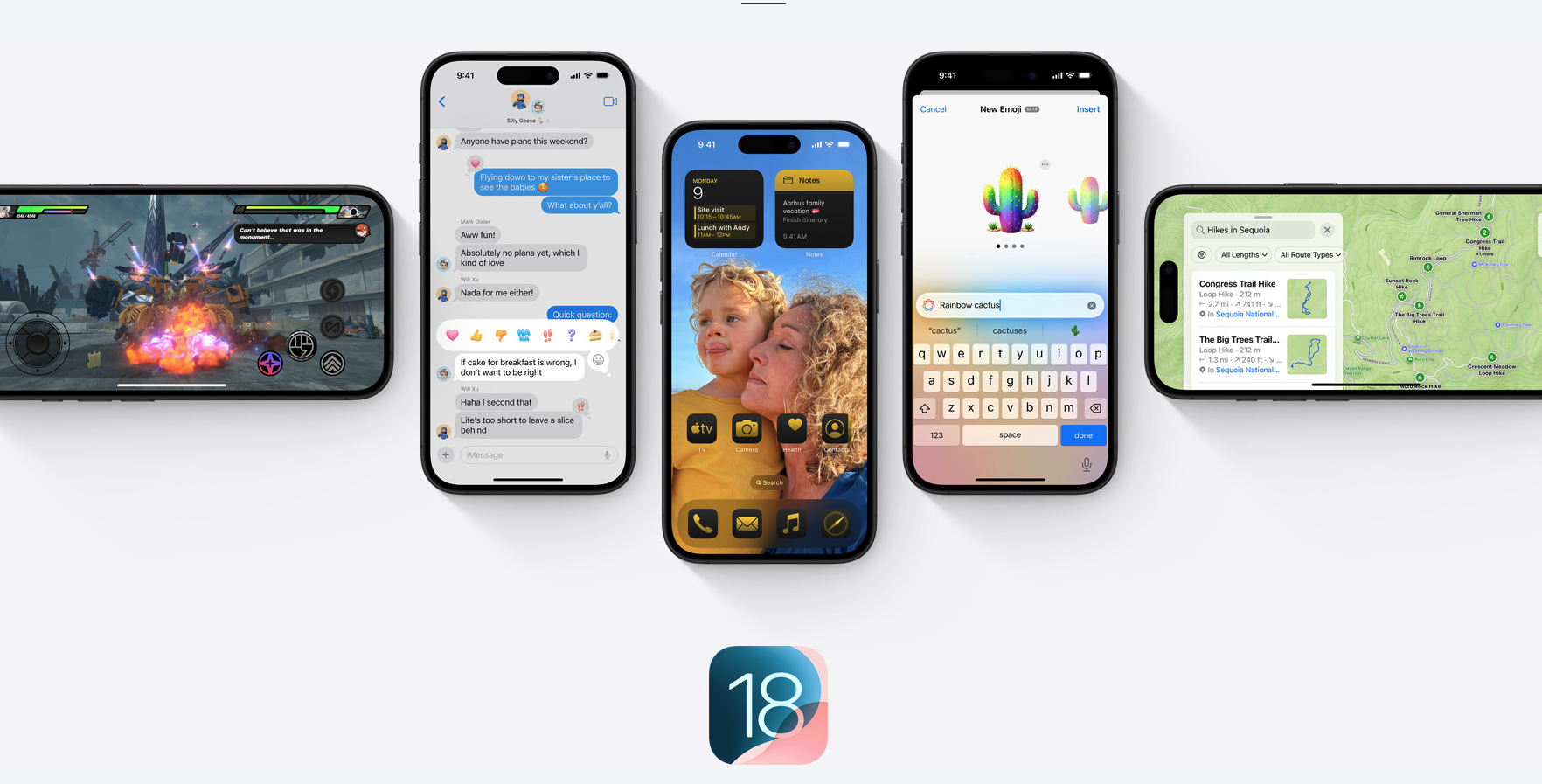
Apple Releases iOS/iPadOS 18.5, watchOS 11.5, tvOS 18.5
Here’s the entire list of what’s new in watchOS 11.5:
This update includes new features, improvements, and bug fixes, including:
– A new Pride Harmony watch face
– Buy with Apple Watch is available when purchasing content within the Apple TV app on a 3rd party device
– Resolves an issue that may prevent your iPhone from showing a notification when the watch battery is fully chargedThe update can be downloaded now through the companion Watch app on your iPhone by heading to General > Software Update in the My Watch portion of the app. You can also go to Settings > General > Software Update on an Apple Watch.
Your watch needs to have more than 50 percent power and connected to a charger. Like most Apple Watch updates, it could take anywhere from 30 minutes to an hour to complete, so be patient.